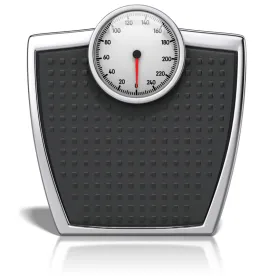Consumers who plan to cheat on their diets on bowling night may need to develop a different plan. Four years after the passage of the Patient Protection and Affordable Care Act of 2010 (ACA), FDA released its final rule to require restaurants and “similar retail food establishments” that (1) sell “restaurant-type food,” (2) are part of a chain of 20 or more locations, (3) do business under the same name or slight variations of each other, and (4) offer for sale substantially the same menu items as the other business locations, to disclose calorie information on menus and menu boards. Vending machines are also covered under a separate final rule that governs the practices of businesses that own or operate 20 or more vending machines. After the withdrawal of the FDA’s Draft Guidance on menu labeling and the submission of more than 1,100 comments to the proposed rule, the final rule has created a storm of controversy within the retail food industry, as broadly defined by FDA.
We have a federal menu labeling rule because in 2008–2009, a number of states enacted a patchwork of inconsistent menu labeling laws in the United States, the retail food industry turned to Congress to seek a workable, uniform federal standard. The result was the menu labeling provisions included in the ACA. However, FDA quickly learned that menu labeling is no simple task when one takes into account variable component foods (think pizza), drinks (a shot or three of chocolate syrup for that cappuccino), and self-serve options for consumers (a salad bar or ice cream/frozen yogurt bar). In addition, FDA has had to deal with conflicting data as to whether menu labeling is effective in the fight against obesity— although the Congressional menu labeling mandate in the ACA limited its flexibility on this core question.
To return for a moment to the bowling alley, FDA, to the surprise of industry, took a great leap from the proposed rule’s notion of a “covered establishment” as a restaurant or “similar food establishment” that is part of a chain of 20 or more establishments that do business under the same name to any large network of facilities that serve “restaurant-type food,” with some limited exceptions, such as schools and mobile vendors, like food trucks. As such, the rule now encompasses chain establishments (that meet the four criteria listed above), including, potentially, the following:
-
Cafeterias in retail stores and industrial campuses
-
Grocery stores
-
Gas stations with a sandwich counter
-
Movie theaters
-
Bars and pubs
-
Amusement parks
-
Coffee shops
-
Ice cream shops and bakeries
-
Food courts and kiosks
Further guidance from FDA, anticipated pushback from retail interests, and key questions involving enforcement and implementation costs will undoubtedly emerge in the coming months. Given the expanded scope of the rule and questions as to whether Congress intended for such a far reach, future legislative changes and potential legal challenges cannot be ruled out. But, one way or another, calorie information is about to become ubiquitous.




 />i
/>i

